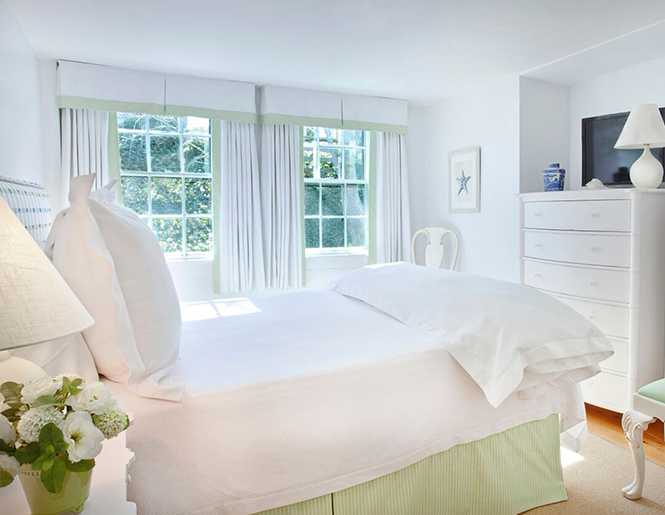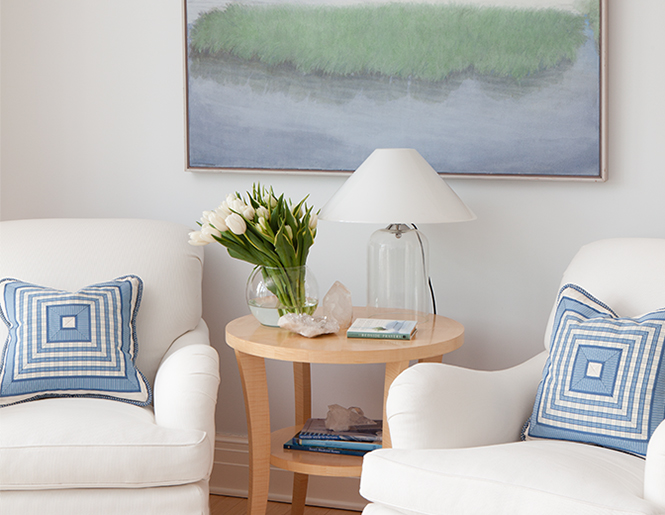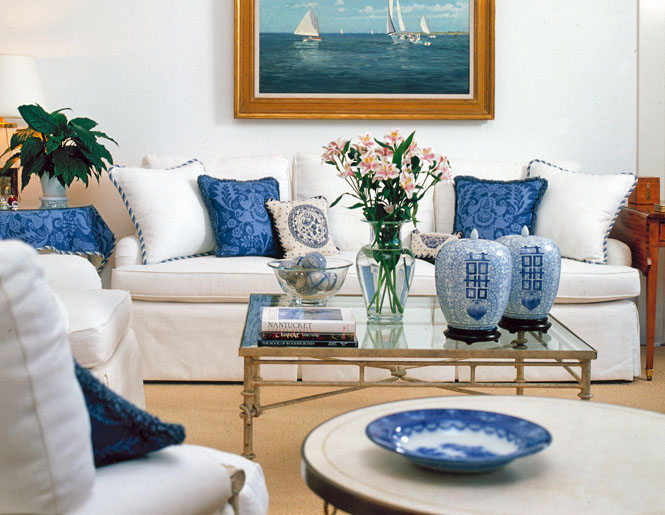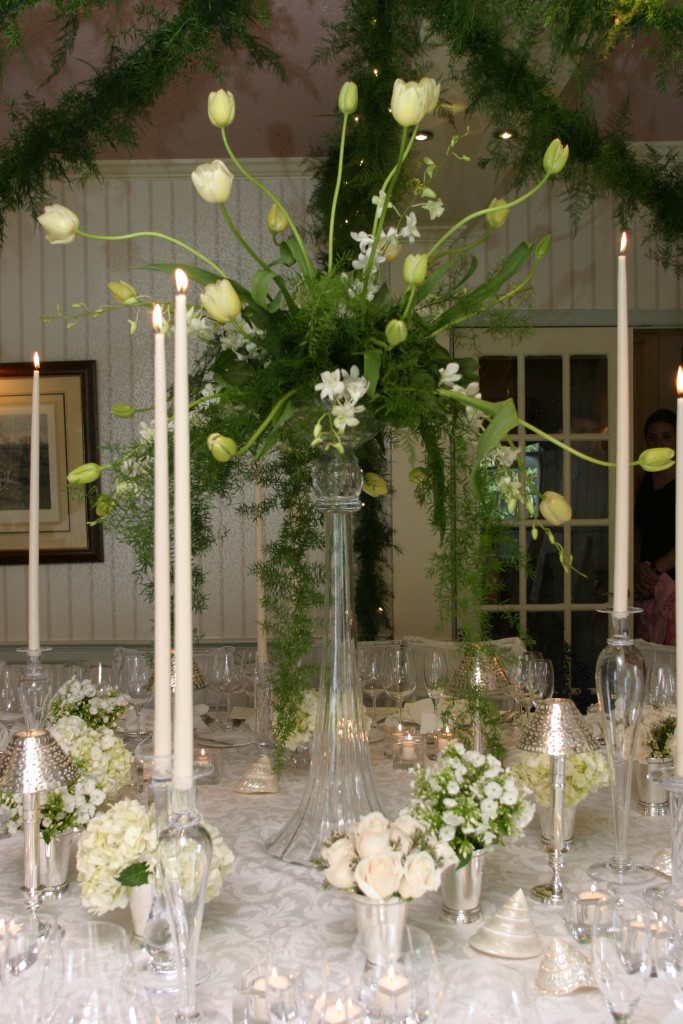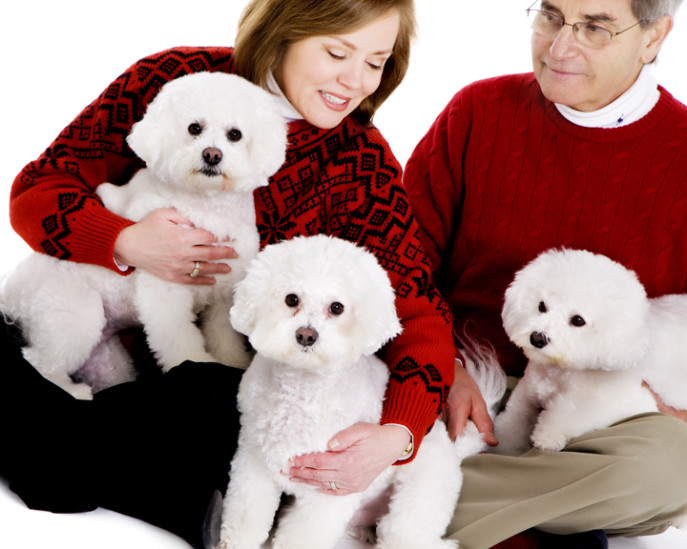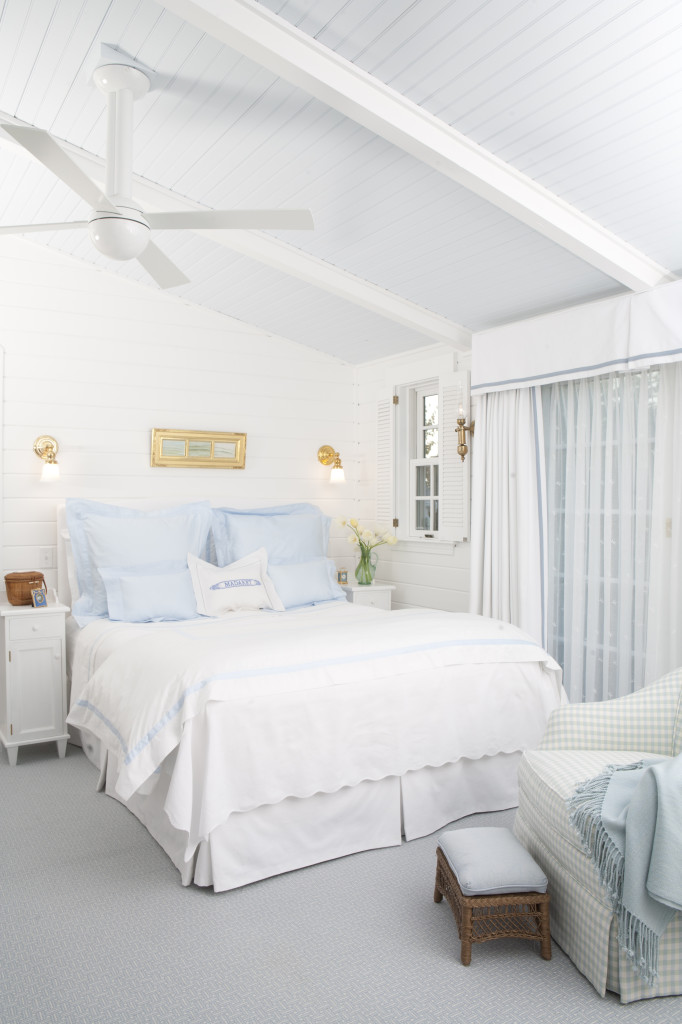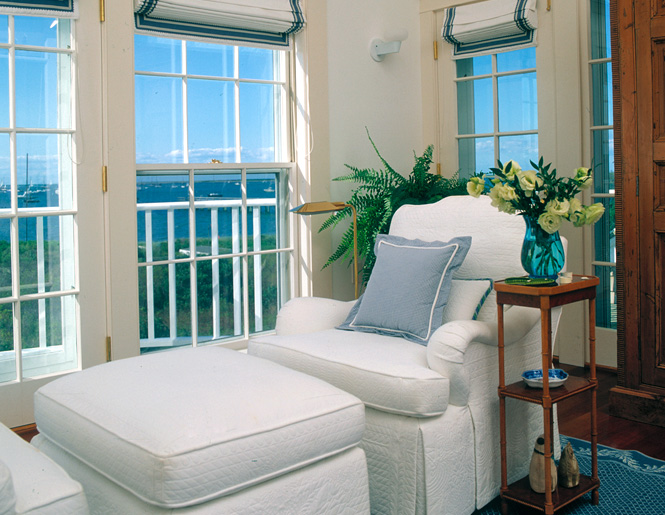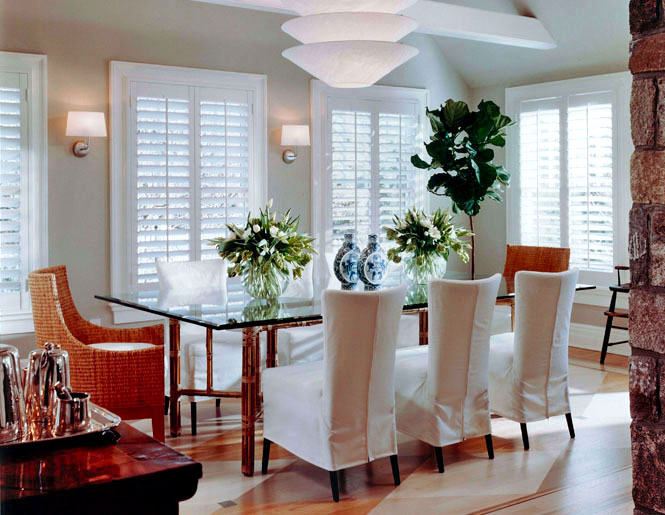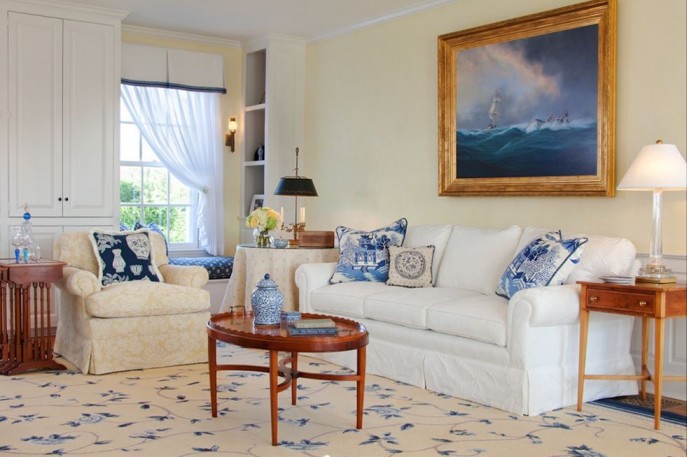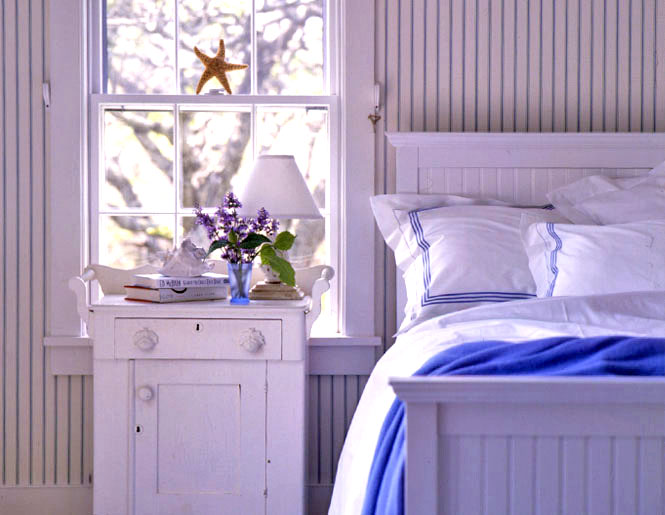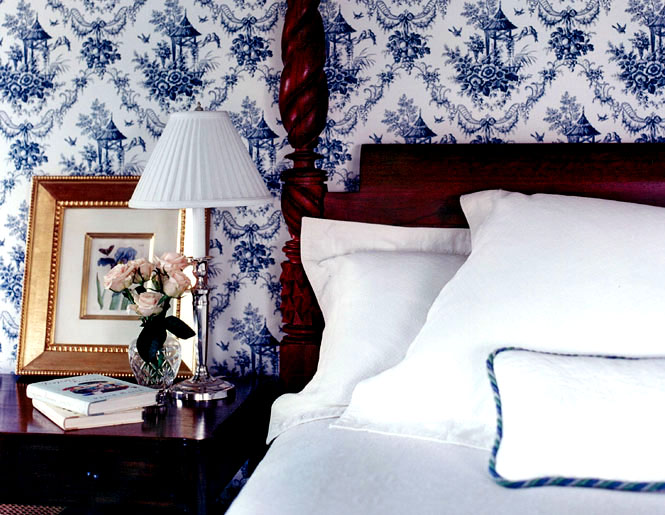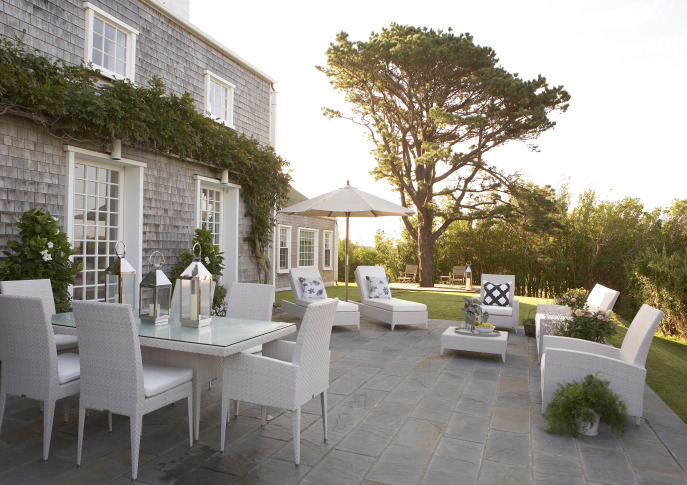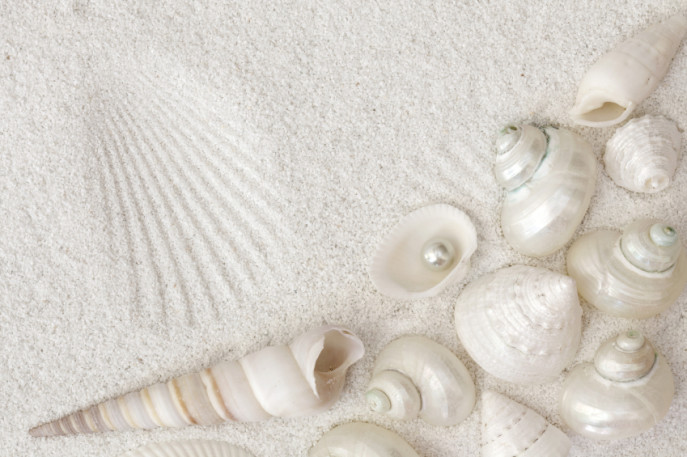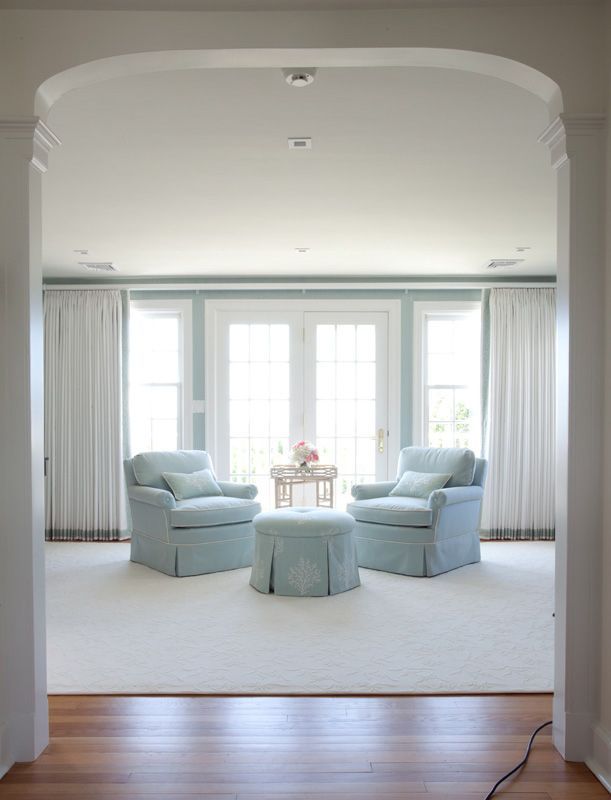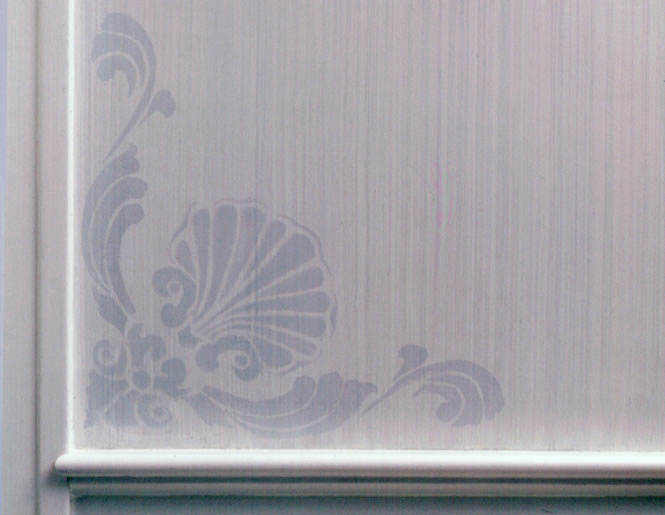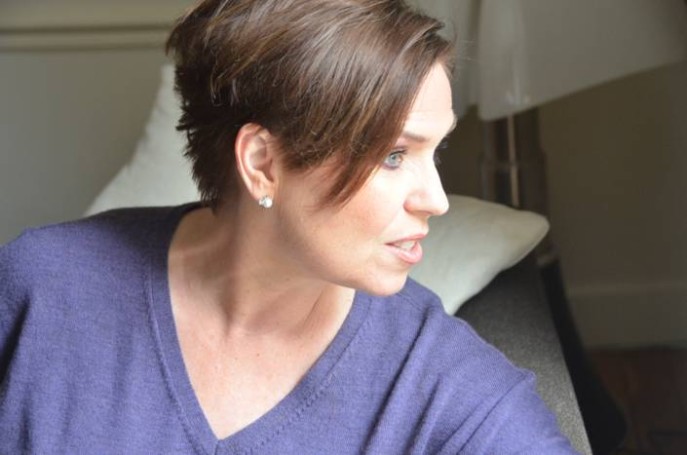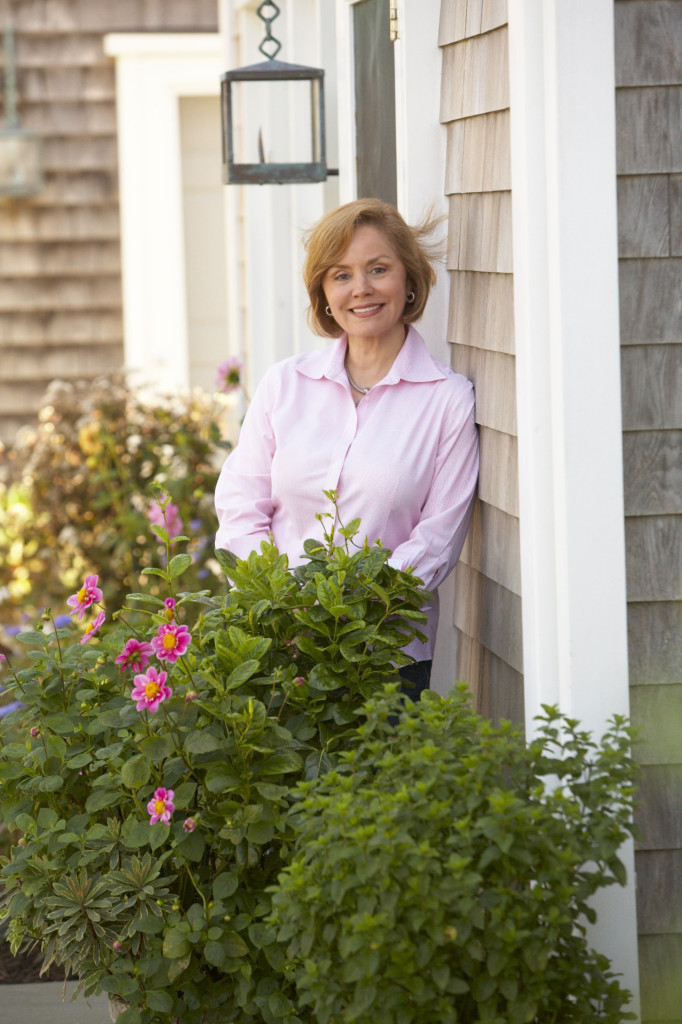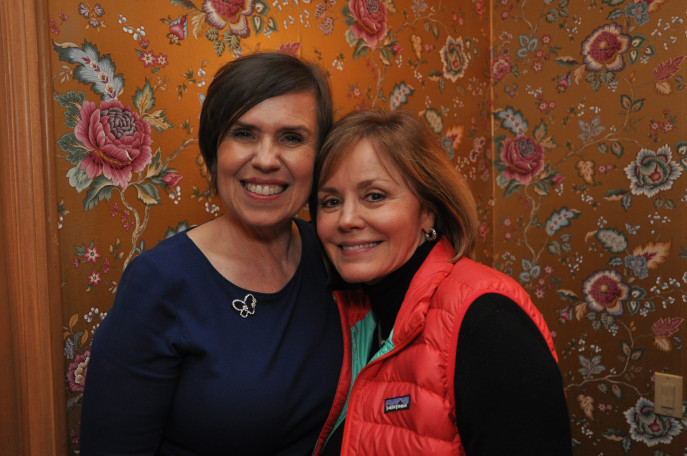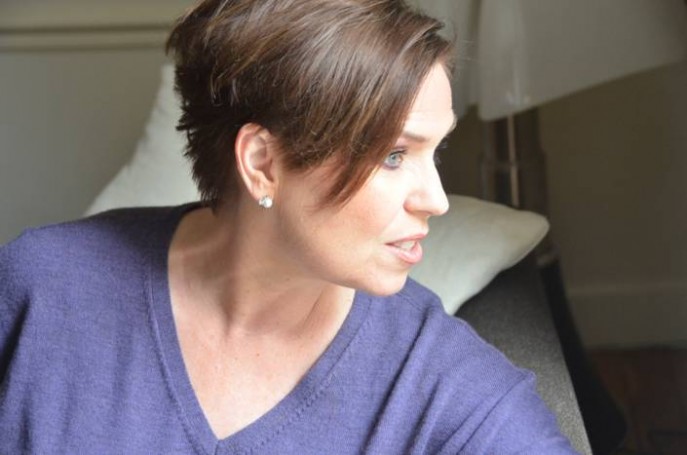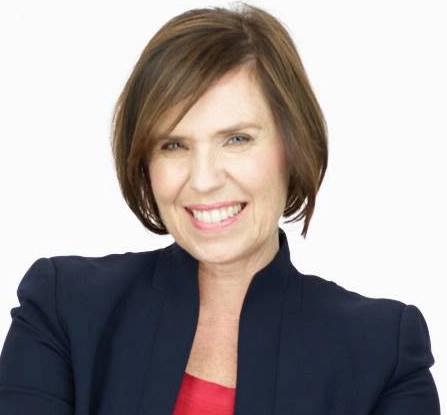
For the past several years, I have had the pleasure of being a member of an inspirational, uplifting and supportive group of women called Women on Fire. My good friend, Debbie Phillips, a life and executive coach for many years, began noticing that many of her hardworking, successful coaching clients shared something in common: isolation. That was the genesis of her life-changing decision to devote herself to a new passion: providing support, strategies and inspiration for women who are “on fire” in their lives, or who want to be.
Twelve years later, Women on Fire is a group of thousands of women all over the U.S. and the world, who meet for small group teas in their cities, get inspiration through a monthly mailing from Debbie featuring empowered and accomplished guests (supported by an online phone chat each month), go on retreats together, and share a members Facebook page to get a little more personal with new friends from far away. I’m so pleased to share my conversation with the woman who inspires me to live a life on fire every day: Debbie Phillips.
Trudy: It’s the Women on Fire tradition to ask in interviews what your day has been like so far–what a typical day is like for you? So what’s your day like, Debbie?
Debbie: I happily wake up at 6:30 a.m. when my thoughtful husband, Rob, who’s been up since 5 a.m., brings me a cup of coffee!
I then spend at least 20 minutes reading inspirational material; I meditate for 3-5 minutes; and I write down five things I’m grateful for in my Grati-Pad (a specially designed notepad by R. Nichols).
Breakfast is most often a healthy shake. Some days I work out or take a walk before heading into my office. My workday usually starts when I check in on the private Facebook page for Women on Fire members to see how everyone is doing!
I travel a fair amount so my days are different. When I’m home in my office, I am usually writing, interviewing, planning, thinking or working with members of our extraordinary Women on Fire team.
With the exception of our assistant, Daren, our team is scattered across the U.S. In different time zones, which actually works out nicely for our work flow. Thank heaven for the Internet so we can all work virtually! It is a blessing to work with the best people possible and not be contained by location.
If Rob and I don’t have plans in the evening, we usually wind down our day by cooking dinner together and then watching a movie or TV series (our current favorite is “Lilyhammer“) or reading.
Trudy: You are an inspiration to so many women, and I’m sure an equal number of men! Who has inspired you? When you were first deciding who Debbie Phillips was going to be in this world (and then maybe redeciding), who did you look to for inspiration?
Debbie: In my late 20s, I worked for former astronaut and U.S. Senator John Glenn, and I was extremely fortunate to meet a lot of fascinating people but none more so than Gloria Steinem. I later became the press secretary to Ohio Governor Richard F. Celeste, and I saw and spoke to Gloria on occasion because she was an Ohio native and, of course, very politically active. She grew up in Toledo, Ohio, 60 miles from where I grew up in Montpelier, so I felt a geographic kinship to her.
She had (and has to this day) the kindest, gentlest, sweetest way about her–and yet she is one of the strongest, most powerful and accomplished women in the world!
When you speak with her, she is focused totally on you and no matter what’s being discussed, she is positive and empowering.
Not too long ago, I had the great pleasure of attending a gathering in her beautiful apartment in NYC. Typical of the way she puts people at ease, she warmly greeted her guests in the bedroom before we moved to the living room.
It was said of Franklin D. Roosevelt: “good mind, first-class temperament.” I would say the exact same of Gloria.
I am–we all are–so fortunate she and her colleagues in the Women’s Movement blazed the trail to make so many powerful changes for women in the world.
What Gloria showed me is that I could go after my own dreams with strength, drive and determination–and still be feminine, kind, caring, generous and loving. She exemplifies everything in a human being I aspire to be.
Trudy: As an interior designer, I believe in the power of our surroundings to uplift us, relax us, and improve our health. Home is very important. How would you describe your homes, both on Martha’s Vineyard and in Naples? Have you approached the interiors differently because they are in different climates and cultures?
Debbie: I learned early on from a certain brilliant designer that “a Healthy Home is the Ultimate Luxury (TM)” (Thank you, Trudy Dujardin!)
So we’ve approached both of our homes with the idea of what creates the best and healthiest environment.
We consider our home on Martha’s Vineyard “our mothership.” We built it and moved into it in 2001. Before we even dug the foundation, we wrote a vision for each room in it.
We carefully thought through how we would use each room and the feelings evoked when people were in that particular room.
We wanted to bring the beautiful nature outside on Martha’s Vineyard inside. So we focused on having big windows with lots of light. We chose colors that are soothing and found in nature.
We wanted to create “visual surprises” in the house. For instance, when you in the master bath shower, if you look closely, you’ll notice a sprinkling of hand-painted tiles of dandelions. Or, if you study the wallpaper that appears to be rather formal in one room, you’ll see squirrels in it!
In Florida, we have a two-bedroom condo that we recently redecorated. We removed the carpet and installed wood floors. The decor is more modern than our house on the Vineyard–and more colorful to reflect more of a Florida feel.
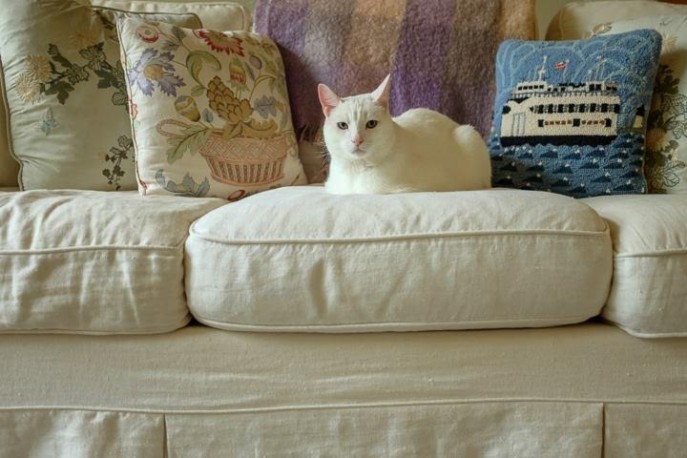
photo credit: Rob Berkley
Trudy: You work with your husband, Rob, and I know partnership in a marriage is very important to you. My stepson, Nick, is getting married this September on Nantucket. What would you tell a young couple just beginning a life journey together?
Debbie: Congratulations, Nick! Rob and I started our life together by establishing a vision and a set of values for our life. Our vision is: we are together in this world to help people express their gifts, strengths and talents.
That was nearly 20 years ago–and having a purpose together like that has kept us strong and served us well–both personally and professionally.
You don’t have to work together, as Rob and I do, to have a couple’s vision. As coaches, Rob and I once worked with a couple in our Vision Day program who came up with one of my favorite visions: “We are a couple who makes our family’s dreams come true.”
Soon after establishing their vision, this particular couple transformed dream into reality! They had wanted to expose their 10-year-old twin sons to a bigger world–and they moved to Australia for two years.
Best wishes to you and your bride, Nick! I hope the two of you will take time to create a vision for your relationship that will enhance your marriage over time.
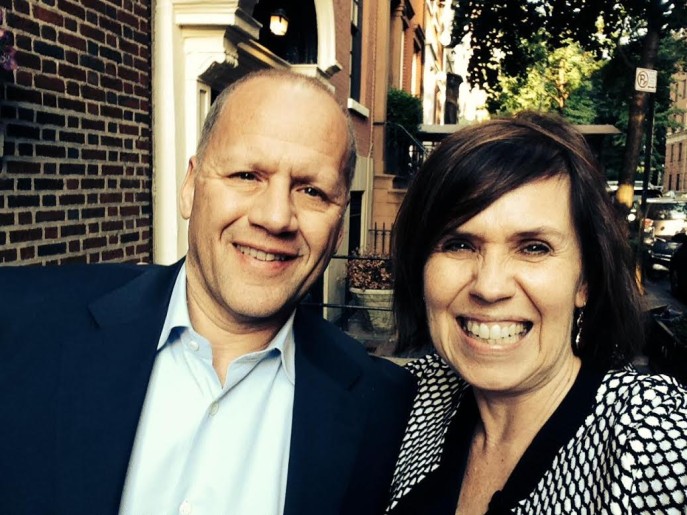
Trudy: In your interview with Kristine Carlson, you said that maybe someday we can live to be 150. If you could, what would you do with the years between 100 and 150, assuming that you met your personal goals in the first 100 years. What would be your final gift to the world?
Debbie: Great question! On of my all-time favorite books is called Final Gifts by Patricia Kelley and Maggie Callanan, two Hospice nurses.
Grief has been a topic of interest in my life since my first loss of my beloved grandmother when I was 10; and Hospice has been important to my life since my late mother-in-law was one of its founders in Ohio.
I think often about what my “final gift” to the world might be. And, as I approach the Third/Third of my life, as we now refer to that period from 60-90, I wonder how I might contribute my talents to support families who are going through grief and end-of-life issues. I’ll keep working on it–and if I live to 150, I’ve still got plenty of time to think about it!
What I do know for sure is that with more than 3.5 billion women in the world, my work to create a world where women are supported, uplifted and valued for their gifts will continue as my life’s work.
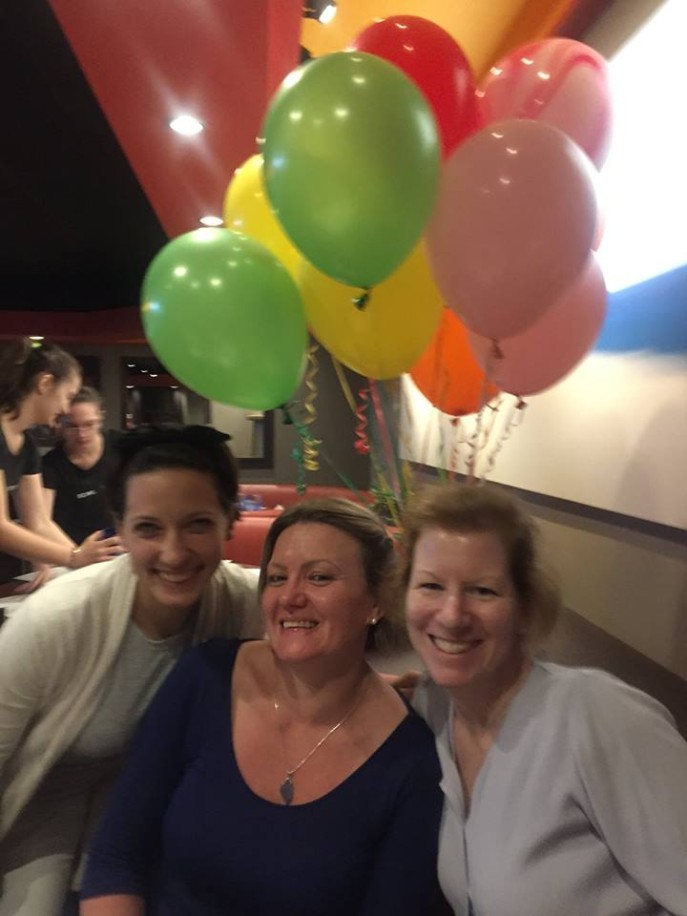
Trudy: A famous saying of Oprah’s is “once you know better, you can do better.” What’s something you had to learn to do better?
Debbie: I had to learn the importance of engaging in conflict with my husband! Marriages can die of still waters from failing to address conflict.
Ours was a second marriage and we both had a strong desire to create a great one.Having strategies for resolving conflict was essential to growing our relationship strong. It took skill-building, marriage counseling and therapy, study and practice to be able to have “good” conflict, which we can easily do now!
Did you know having conflict and being able to resolve it makes you grow closer? Well, I had to learn that! And it’s made all the difference in our relationship.
Trudy: Women have so many responsibilities in life, and as a result, a lot of commitments. What are some of your “must keep” commitments, to others, and to yourself?
Debbie: We don’t have children of our own. And yet we have many young people we love very much in our lives.
Our 21-year-old goddaughter Julia lived with us in the summers when she was growing up and she now lives and works full-time on Martha’s Vineyard where she’s opened Rosewater Market. Spending time with her and her inspiring group of roommates and friends is a “must keep” commitment that gives me so much joy!
My commitment to myself includes self-care such as exercise, massages, facials, manicures, pedicures–and a promise to keep my annual physical and medical appointments.
Trudy: What do you enjoy most in life? When you have a day off, what do you choose to do with your free time?
Debbie: At the top of my list, of course, is my husband whom I love to pieces and enjoy immensely–along with our 17 pound cat Wilber.
I also really enjoy my closest friends. Jan Allen has been my best friend for more than 30 years; and Holly Getty has been my close and dear friend for nearly 20. Any time I can curl up and chat with a great girlfriend, I am a happy camper!
When I have a day off, this is my idea of heaven:
I put on a pot of “stinky” coffee as my husband calls my favorite hazelnut blend; take a walk in nature; drive around Martha’s Vineyard and take in the ocean; relax in my hammock with a book; take an outdoor shower; call my mom for a long chitchat; and eat something decadent from Martha’s Vineyard favorites–a Chocolate Mousse Bomb from the Black Dog Bakery; toffee from Chilmark Chocolates; or a cream cheese brownie from Julia’s Rosewater Market.

photo credit: Rob Berkley
Trudy: What books are on your bedside table right now?
Debbie: Poems from the Pond, an astonishing book, edited by Laurie David, about Peggy Freydberg who wrote amazing, powerful poetry from age 90-106!
The Wright Brothers, by David McCullough; Becoming Steve Jobs, by Brent Schlender and Rick Tetzeli; and a tower of magazines including Oprah, MORE, Town & Country, Rolling Stone, Fast Company, Entrepreneur, Elle Decor, House Beautiful, Vanity Fair and Departures.
It’s not on my bedside table at the moment, but it is on my coffee tables on Martha’s Vineyard and in Naples, Florida: Comfort Zone, by the fabulous Trudy Dujardin!
Trudy: A recent blog post on Holistic House was about finding our “right place” for the next part of our lives–sustainable communities that support our best selves. You seem to have made a great choice for yourself with Martha’s Vineyard and Naples. Where else did you and Rob consider making a home? Is there another, different place you dream of in your future?
Debbie: Such an intriguing question! I’ve seen your exciting prospectus for sustainable homes and communities and find it so inspiring–and it will be the future!
I strongly believe each of us has several, and at least one major “geographic home” that feels “right” to us.
The only other place we considered living was Woodstock, New York where Rob grew up, but in 2000 when we were looking for our home, it didn’t feel quite right to me. Since I was 23, I’d dreamed of living on Martha’s Vineyard, one of my geographic homes. Once Rob visited the island, the Vineyard felt right to him, too, and he said he wanted to make my dream come true!
The only other location at the moment we’d like to create a home in is New York City. We are just waiting for that particular dream to line up! I know it’s coming.

photo credit: Rob Berkley
Trudy: And last, how has launching Women on Fire changed your life? What have you learned from the process, and from all the Women on Fire?
Debbie: Launching Women on Fire in 2003 changed everything! It combined all my past work and experience as a reporter, press secretary, business executive and coach into the one thing that brings me the most happiness and joy.
And it has fulfilled a very deep desire I’d had my entire life to do something to improve life for women.
My beautiful and talented mother had a dream to be a nurse. When her father refused to pay her $150 application fee for nursing school, she, like so many women in the 1950s, put her dream aside, got married and raised five children.
I grew up seeing how detrimental for her not being able to express in the world her greatest gifts and passion was–as well as not having enough support to live life.
She came through life just fine (and today is Women on Fire member #00001, I’m proud to say!) but it could have been so much better and easier if she could have pursued her dream, even while raising a family, and received support.
Women on Fire solves those problems by providing inspiration, strategies and support for a woman to pursue her dreams–and to live her best life while reaching higher!
The women in this community are warm, loving, caring, talented women who cheer each other on to success! Most join us by saying, “I’m not quite ‘on fire,’ but I want to be.”
I believe “a rising tide lifts all boats” and when we all support each other and help each other to be our best, the world changes in a positive way.
More than anything, I am deeply grateful that I followed my heart and my dream to create and launch Women on Fire.
It is now a large business with the issues that any entrepreneur deals with! There were many times I thought I might give up.
Then I’d receive a call or a card or an email from a woman saying “Women on Fire is my lifeline,” or “I couldn’t have done what I did without Women on Fire,” and I give myself a little pep talk to get over my momentary fear, frustration or block–and I get back to work!
Trudy: Thank you, Debbie, for taking the time to answer my questions. I’ve known you for a long time, but I learned some wonderful new things about you today. I love the generous, heartfelt work you do in the world. I’m so glad my world includes you, and all of our Women on Fire friends!
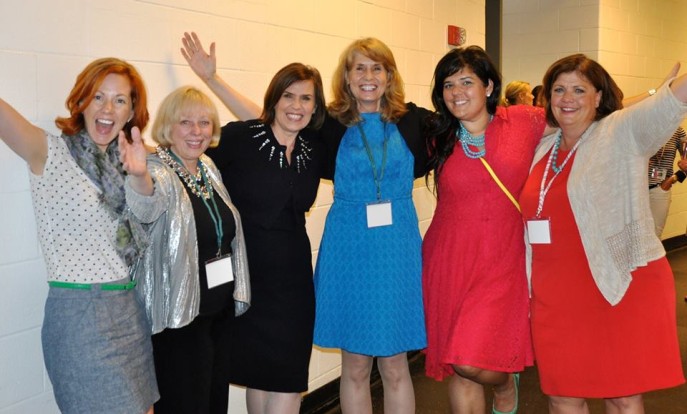
Brittany Eaton, Jan Allen, Debbie Phillips, Kacy Cook, Tandi Phillips Musuraca, Andrea Junk Dowding







